Udambar Ghan (commonly written Udamber Ghan; botanical name Ficus glomerata Roxb., accepted name Ficus racemosa L.) is a large, deciduous fig tree of the family Moraceae. The species — often called cluster-fig, gular, or Indian fig — produces cauliflorous figs (fruits borne on the trunk). Various parts of the plant (bark, fruit, leaves, latex, root) are used extensively in traditional medicine practices across South and Southeast Asia for gastrointestinal, dermatological, gynecological and metabolic disorders.
Scientific Classification
- Kingdom: Plantae
- Clade / Phylum: Angiosperms
- Class: Eudicots
- Order: Rosales
- Family: Moraceae
- Genus: Ficus
- Species: Ficus racemosa L. (synonym: Ficus glomerata Roxb.)
Common Names
- English: Cluster fig, Gular, Indian fig, Red river fig
- Sanskrit: Udumbara / Udumbar
- Hindi / Gujarati / Marathi: Gular, Umbar, Umardo
Traditional and Medicinal Uses
- Gastrointestinal & Diarrheal Disorders – Bark and unripe fruit are traditionally used to treat dysentery, diarrhea, and gastrointestinal inflammation owing to their astringent properties.
- Women’s Reproductive Health – Used for menorrhagia, leucorrhea and post-partum care in several classical formulations and folk remedies.
- Wound Healing, Skin & Oral Conditions – Bark, latex and poultices are applied externally to aid wound healing, treat ulcers and manage oral complaints like spongy gums.
- Antidiabetic & Metabolic Uses – Employed in folk practice for management of hyperglycemia/diabetes; several experimental studies report hypoglycaemic effects of extracts.
- Respiratory & Anti-inflammatory Uses – Used traditionally for cough, bronchitis and general inflammatory conditions.
References
Ayurvedic Pharmacopoeia of India (API), Part I, Vol. IV & Vol. III. Monographs: Udumbara (Bark) and Udumbara (Fruit). Government of India, Ministry of Health & Family Welfare, Department of AYUSH.
Yadav RK, et al. “Ficus racemosa: Phytochemistry, traditional uses, and pharmacological properties — A review.” Journal of Ethnopharmacology. (Review summarizing phytoconstituents and bioactivities).
Subhaktha P. “Udumbara (Ficus glomerata): a medico-historical appraisal.” Journal of Ayurveda and Herbal Medicine. (Medico-historical overview).
Chaware GK, et al. “Bioactive Compounds, Pharmacological Activity and Food Uses of Ficus racemosa.” International Journal of Pharmaceutical and Nutraceutical Studies. (Phytochemical and pharmacological summary).
Pahari N, et al. “Pharmacognostic and pharmacological profiling of Ficus species.” (Review covering triterpenoids, sterols and biological effects).
Rani A, et al. “Molecular interplay between phytoconstituents of Ficus species and therapeutic targets.” Recent molecular review on polyphenols, glycosides, terpenoids and furocoumarins.
Royal Botanic Gardens, Kew. Plants of the World Online (POWO). Taxonomic treatment: Ficus glomerata Roxb. — accepted name Ficus racemosa L.
Traditional ethnobotanical summaries and Ayurvedic classical texts: Chopra RN, Nayar SL, Chopra IC. Glossary of Indian Medicinal Plants. CSIR, New Delhi.
Selected recent research articles and preclinical studies reporting antidiabetic, wound-healing, antioxidant and antimicrobial activities of Ficus racemosa extracts (various authors and journals — consult PubMed / ethnopharmacology reviews for details).





 My Account
My Account
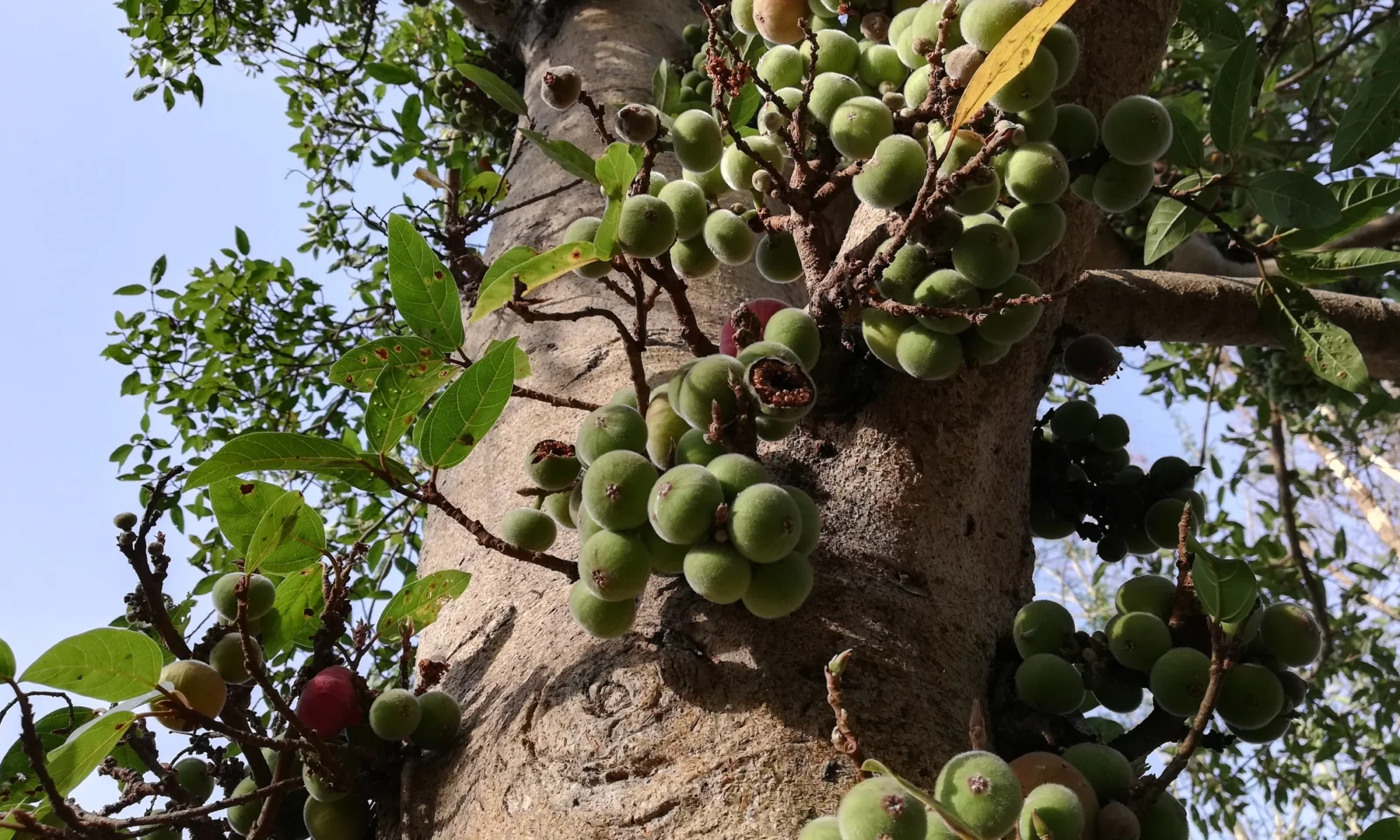
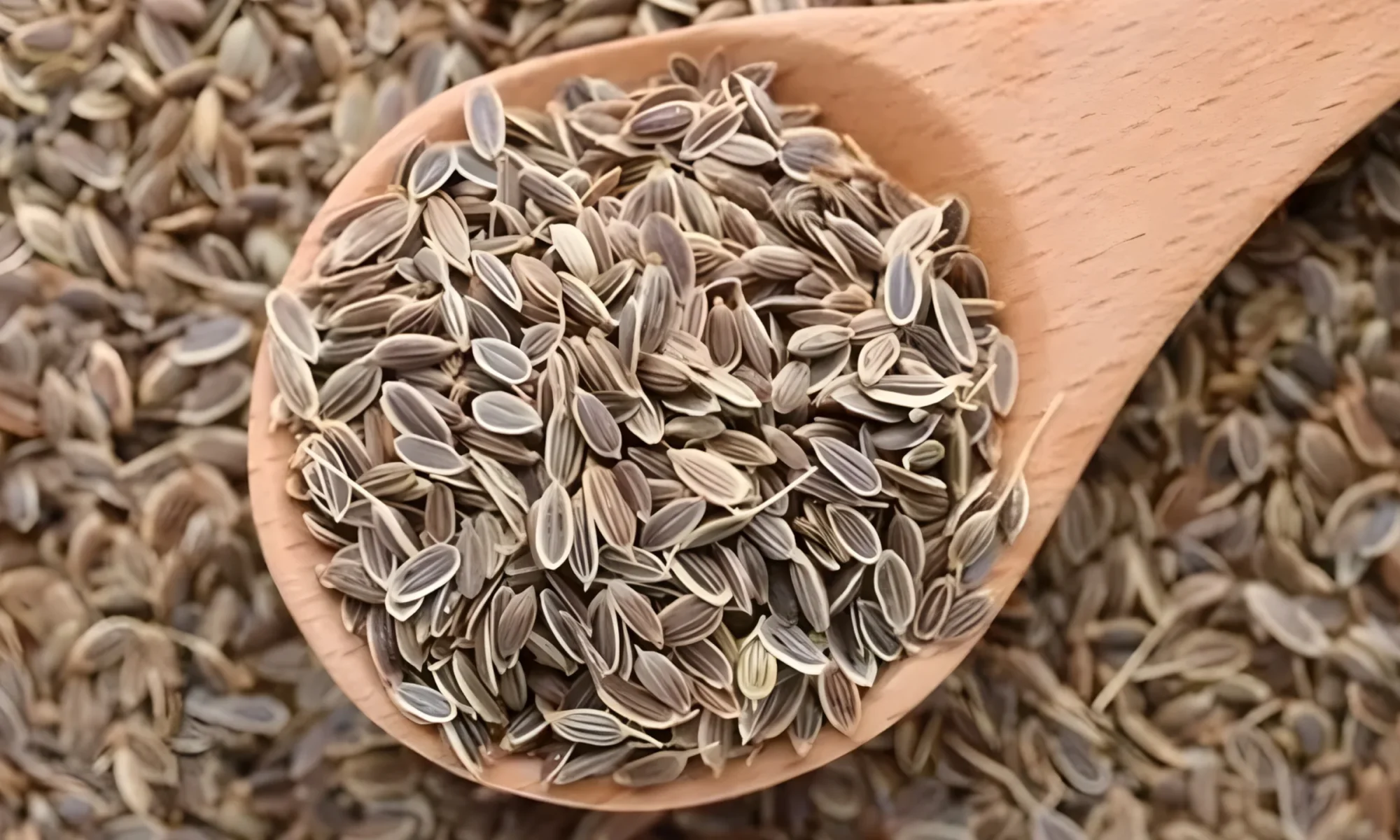
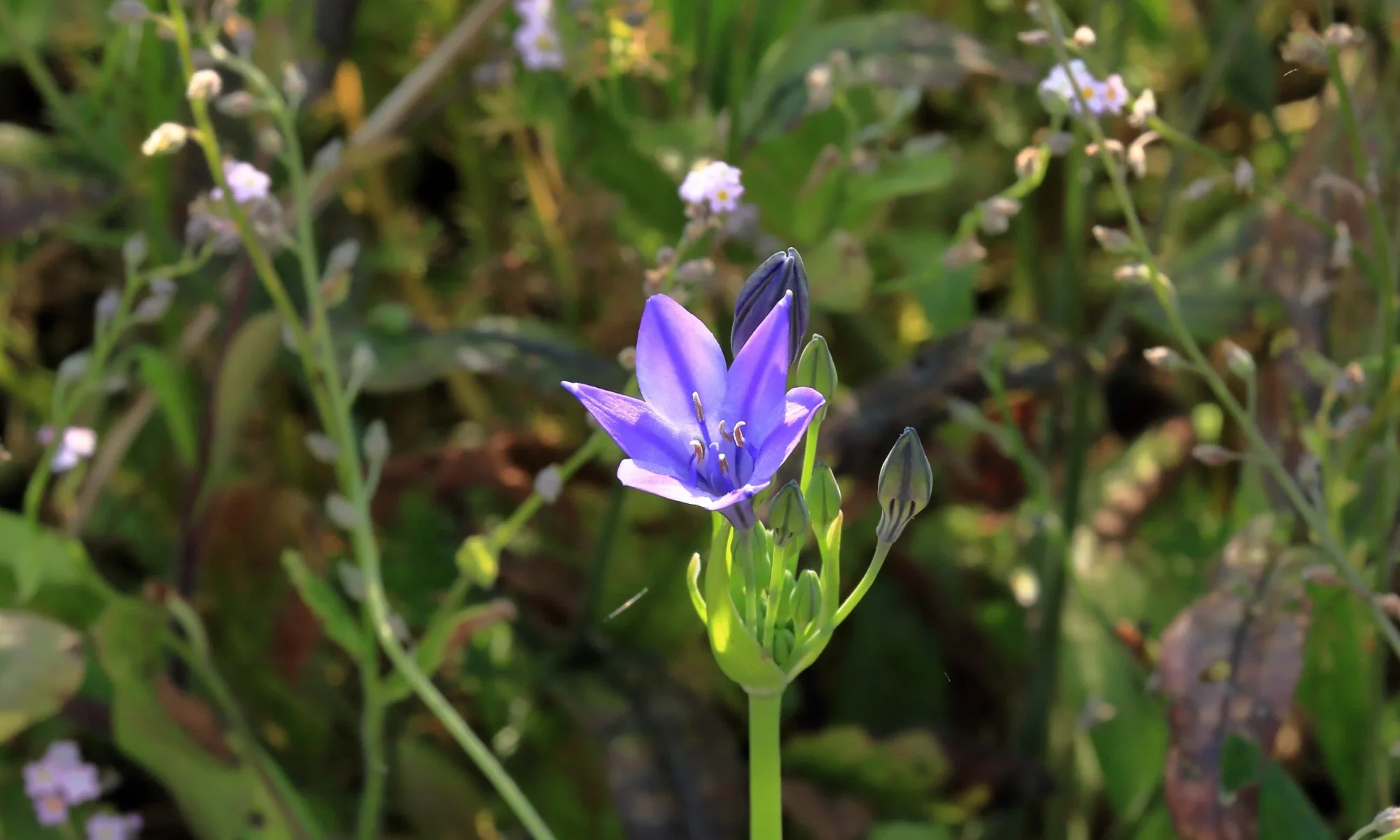
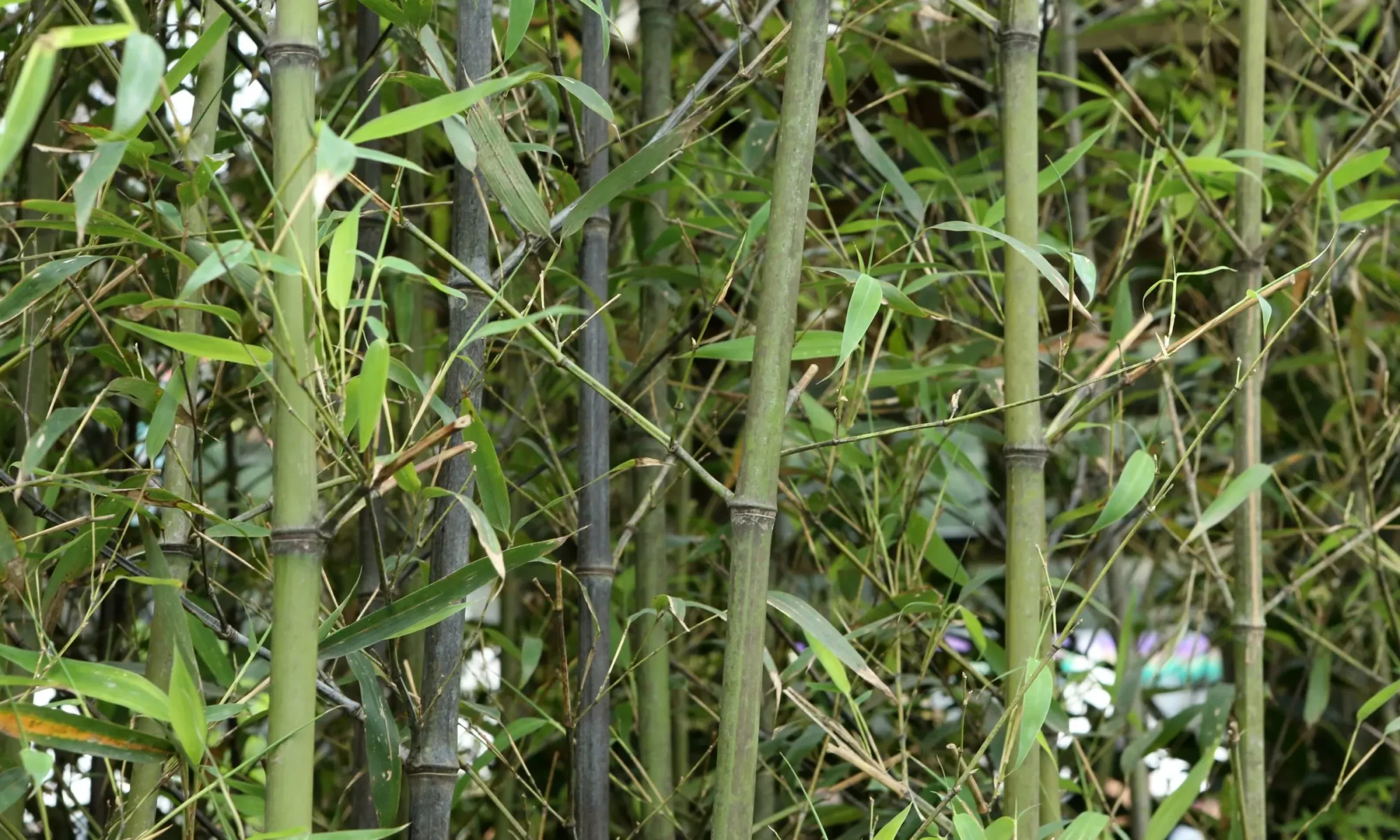
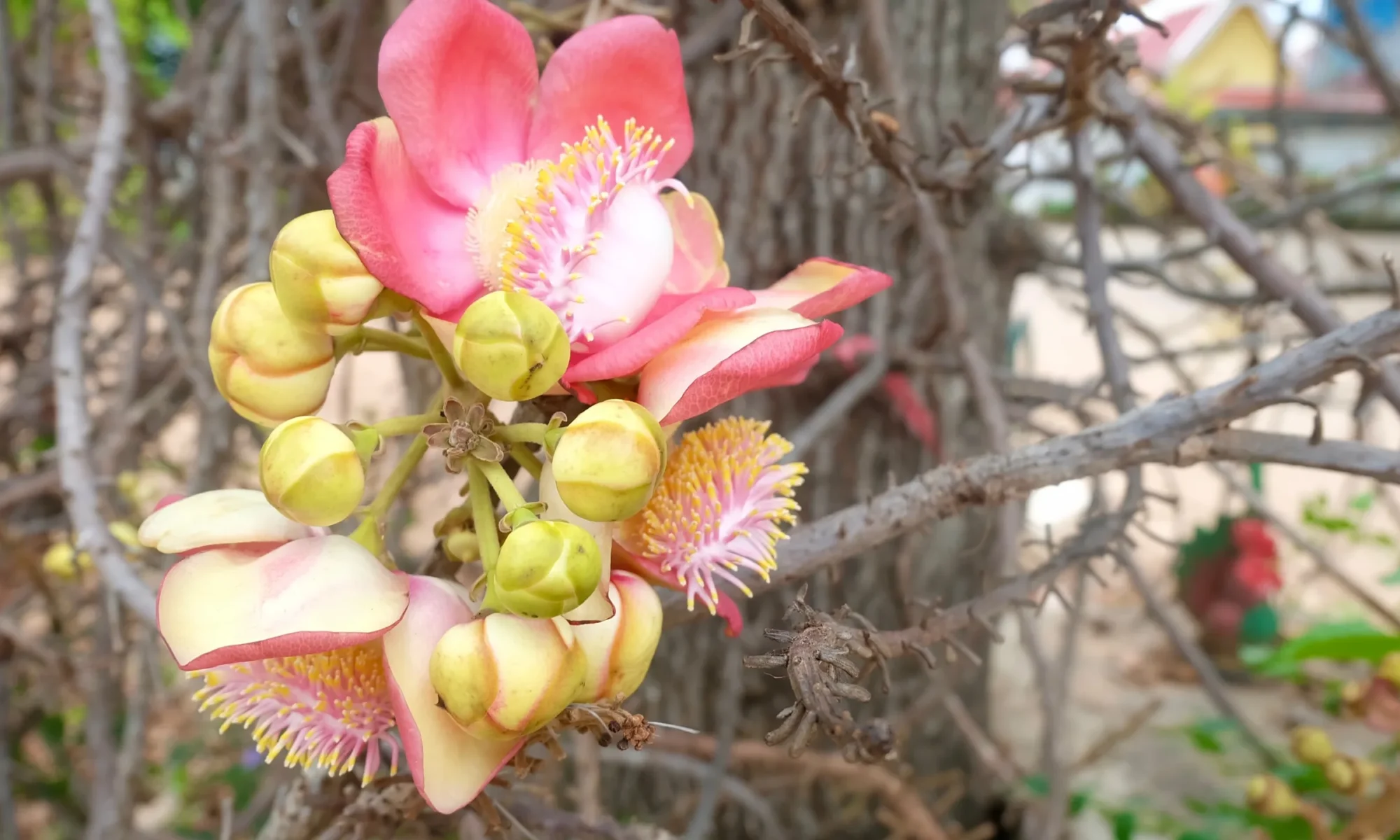
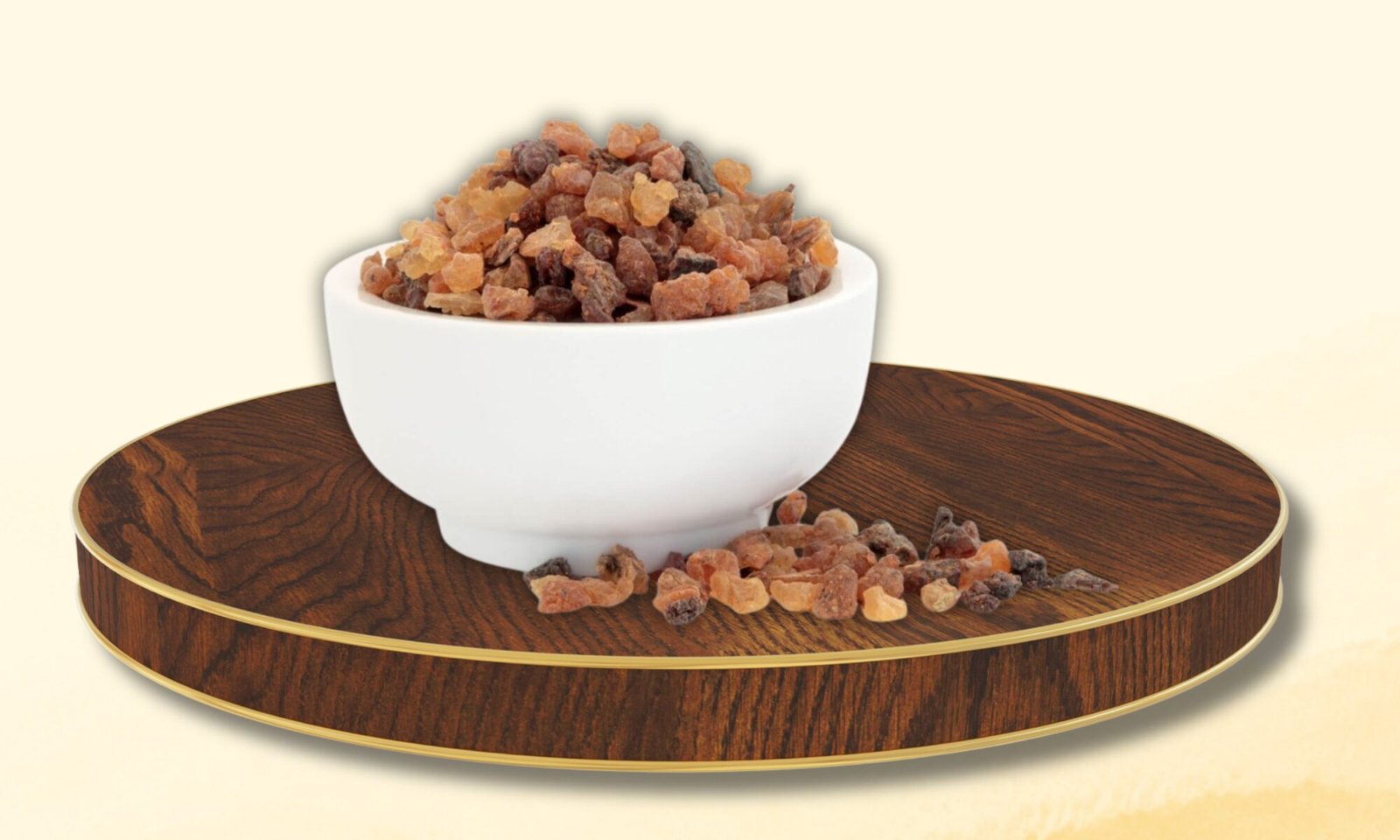
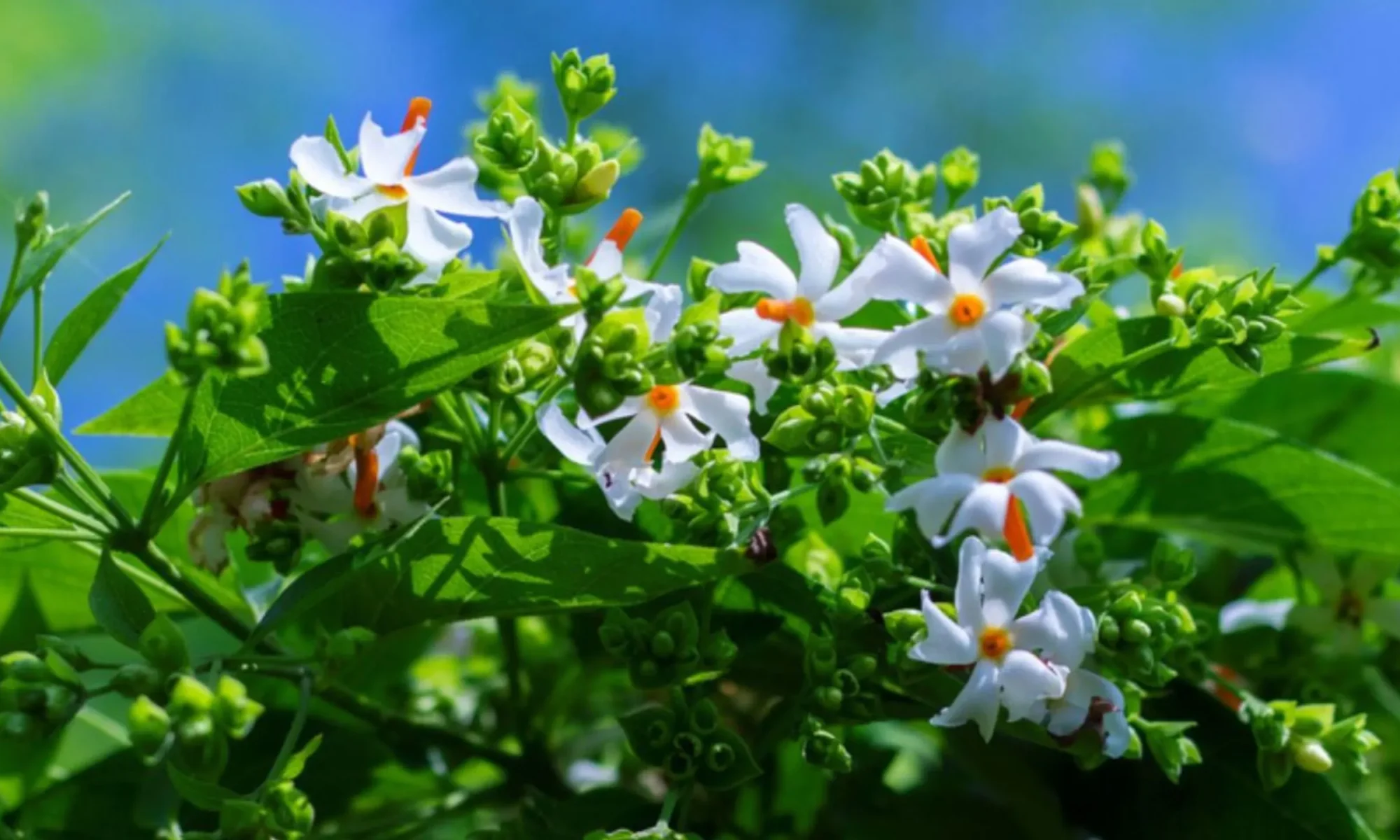
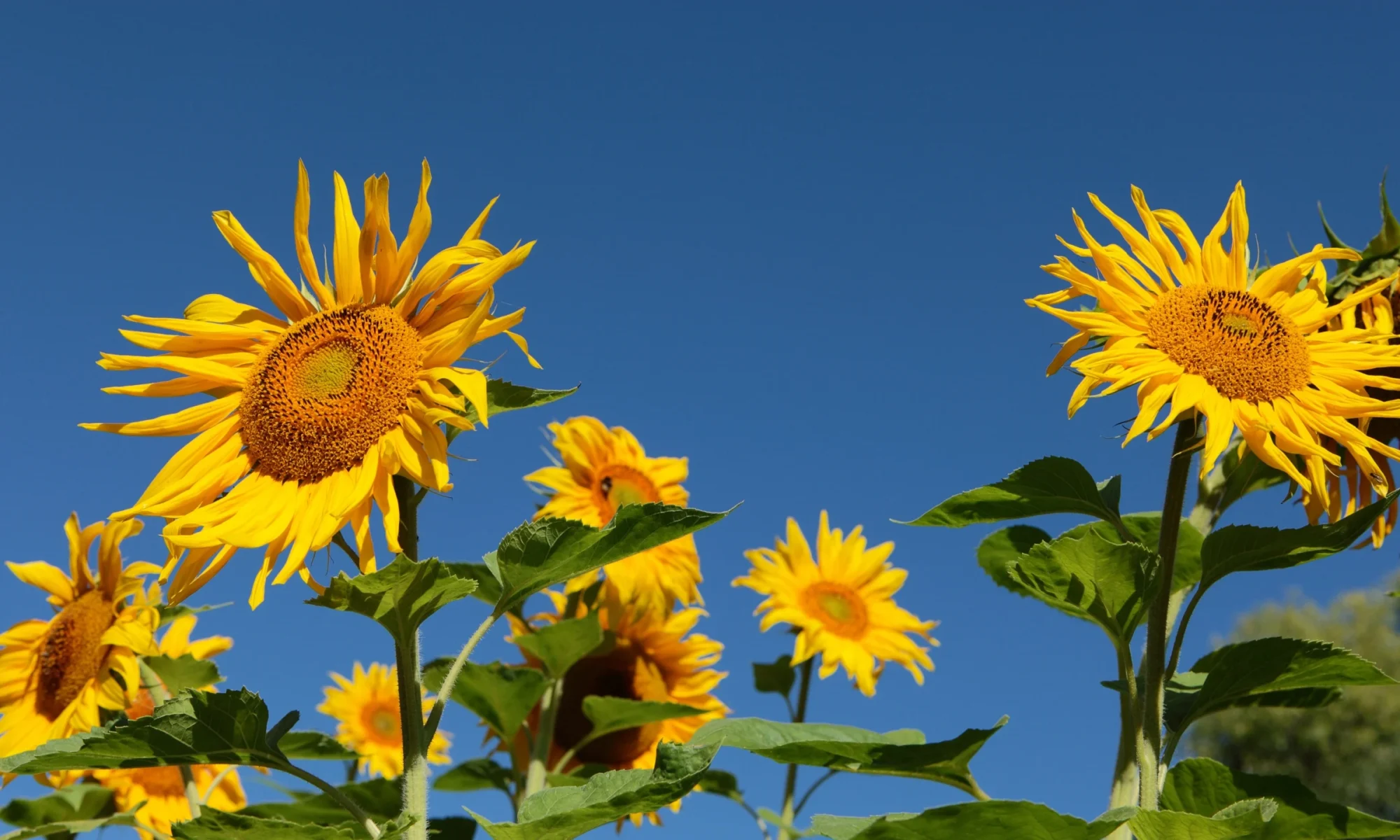
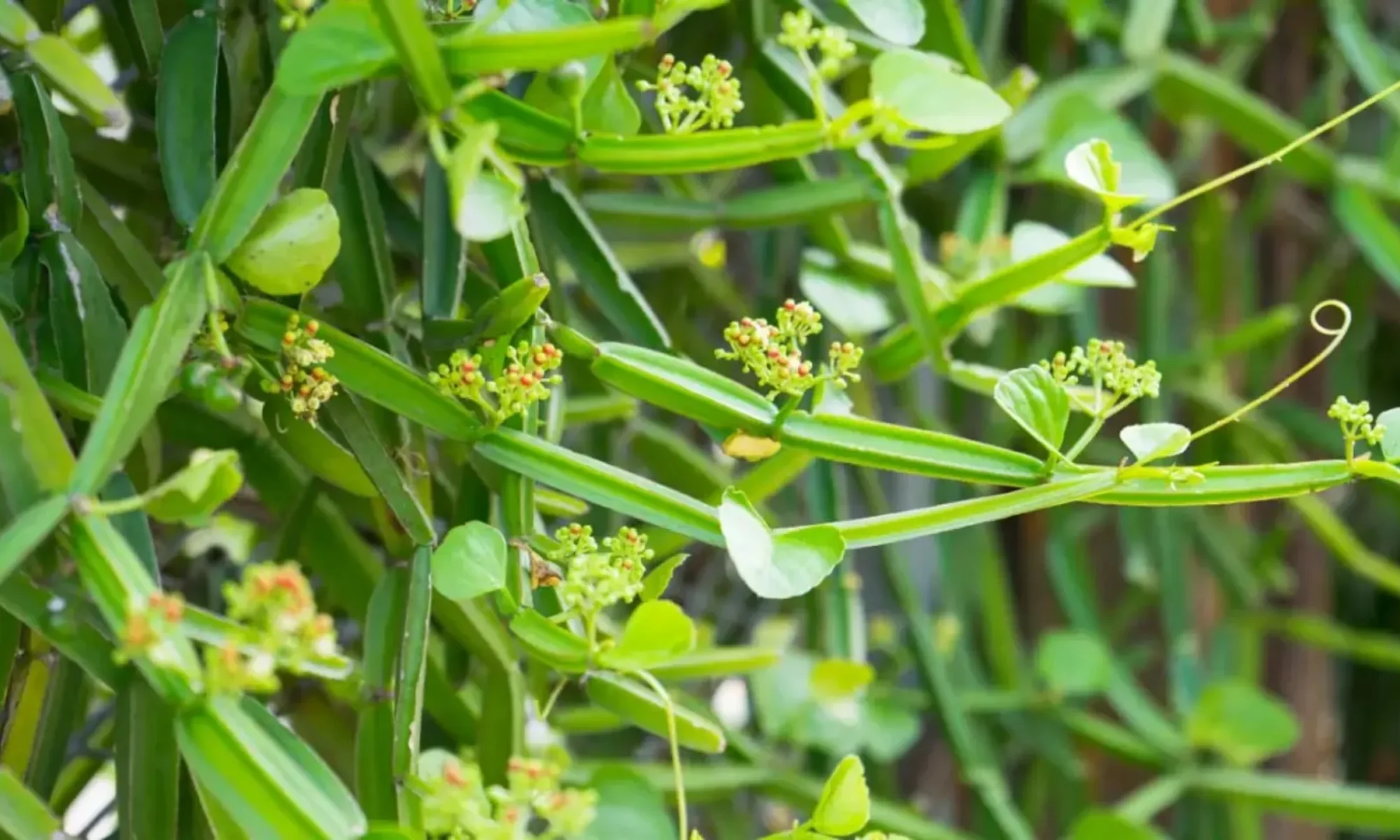
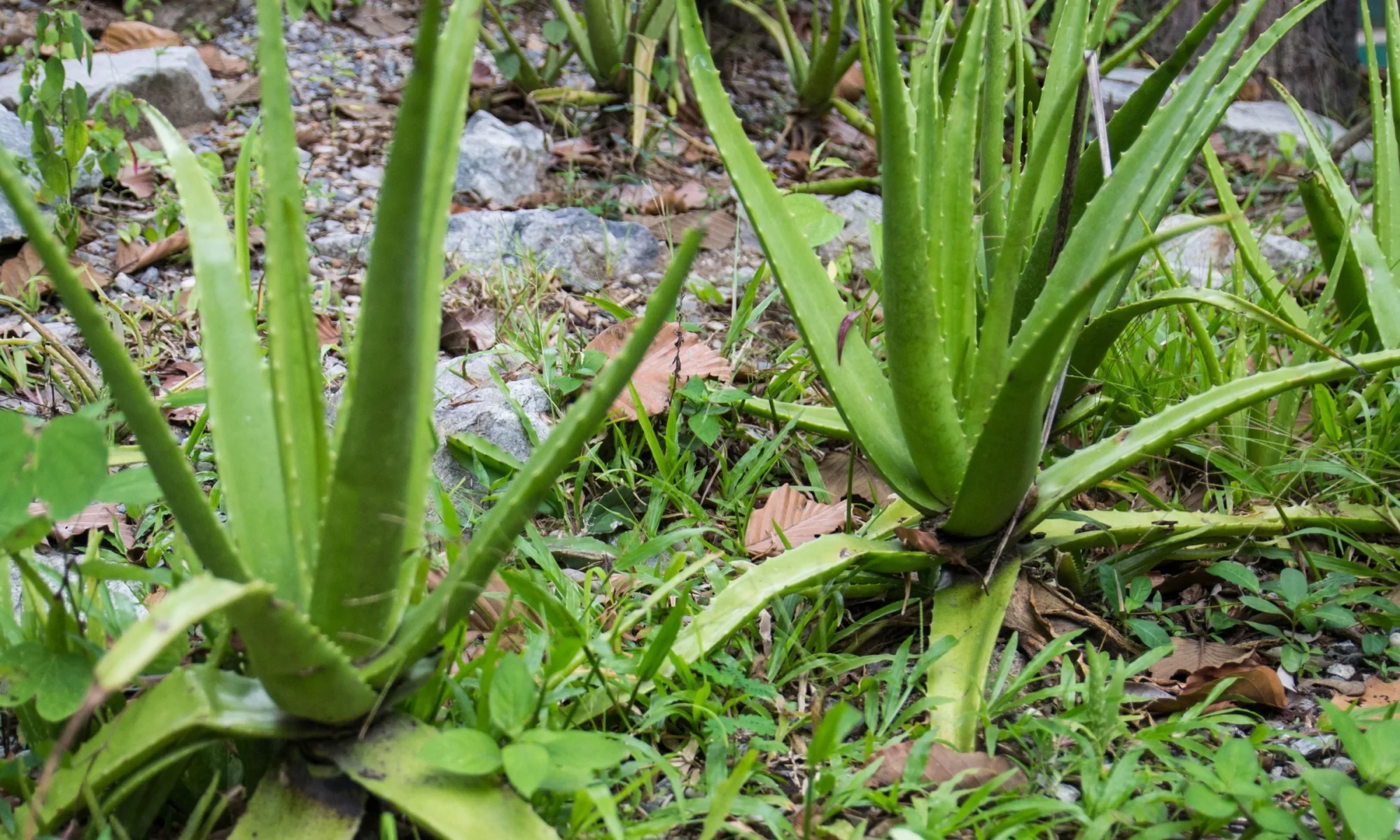
![✨ Empowering Women’s Wellness, Naturally 🌿 Balance, care, and confidence — all in one herbal way! 💫 Discover nature’s support for women’s health and inner strength. 🌸 Stay healthy, stay confident, stay you! 💚 #PolyCareHerbals #WomenHealth #AyurvedicCare #NaturalHealing #HerbalWellness #AyurvedaIndia #HolisticHealth #HormonalBalance #WellnessJourney #HealthyLifestyle #AyurvedicRemedies #NaturalIngredients #WomensWellness #HerbalSupport #AyurvedicTreatment #HerbalLife [women care, fertility wellness, hormonal health, ayurvedic solution, herbal formula, wellness routine, natural remedy, polycare herbals]](https://polycareherbals.com/wp-content/plugins/instagram-feed/img/placeholder.png)


